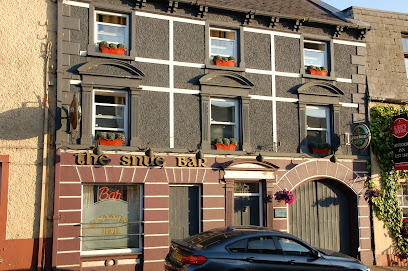
Famine Pot: A Historical Landmark in Co. Donegal
Explore the poignant history of the Famine Pot, a significant landmark in Co. Donegal, where nature and remembrance intertwine beautifully.
Discover the poignant history of the Famine Pot, a historical landmark nestled in the stunning landscape of Co. Donegal. This site offers a deep connection to Ireland's past, particularly its struggles during the Great Famine, making it a must-visit for history enthusiasts and curious travelers alike.
A brief summary to Famine Pot
- Unnamed Road, Lougheask Demesne, Co. Donegal, IE
Local tips
- Visit during early morning or late afternoon for the best lighting for photography.
- Bring a picnic to enjoy in the peaceful surroundings.
- Wear comfortable shoes as the terrain can be uneven.
- Check local weather conditions before your visit to ensure a pleasant experience.
Getting There
-
Car
If you are traveling by car, start by navigating to Donegal Town. From Donegal Town, take the N15 road heading north. After approximately 12 kilometers, take the exit for the R232 towards Ballyshannon. Continue on the R232 for about 10 kilometers until you reach the village of Bundoran. From Bundoran, follow the signs for the R267, which will lead you through scenic coastal views. After about 4 kilometers on the R267, turn onto the Unnamed Road that leads directly to the Famine Pot. Be aware that the Famine Pot is located in a relatively remote area; parking may be limited, so be prepared to walk a short distance to the site.
-
Public Transportation
For those using public transportation, first take a bus from Donegal Town to Ballyshannon. Bus services such as Bus Éireann operate routes that connect these towns. Once in Ballyshannon, you may need to take a taxi to reach the Famine Pot, as public transport options are limited in that area. The taxi ride from Ballyshannon to the Famine Pot will take approximately 15 minutes and cost around €15-€20. Ensure that you confirm the fare with the driver before starting your journey.
-
Walking
If you are already in the nearby area, walking to the Famine Pot can be a great way to enjoy the natural surroundings. Follow local trails from Bundoran towards the Unnamed Road, which leads directly to the Famine Pot. This route may take approximately 1 hour depending on your starting point and walking speed. Ensure you have good walking shoes and be prepared for uneven terrain.
Discover more about Famine Pot
Iconic landmarks you can’t miss
Lough Eske
1.6 km
Explore the breathtaking beauty of Lough Eske, a serene lake in County Donegal, offering stunning landscapes and peaceful outdoor adventures.
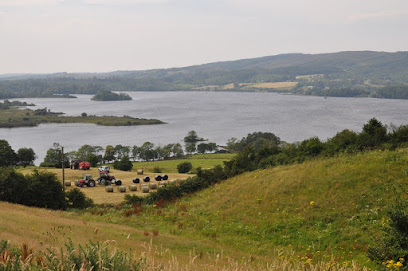
Donegal Town Walking Tours
5.2 km
Immerse yourself in the captivating history and beauty of Donegal Town through guided walking tours that explore its hidden treasures.
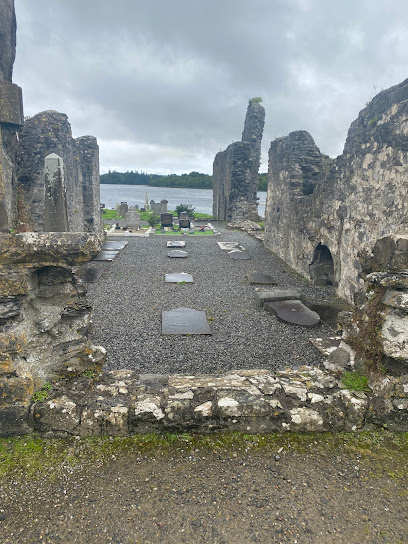
Donegal Town Tourist Information Centre
5.4 km
Explore the Wild Atlantic Way from Donegal Town Tourist Information Centre, your essential guide to local attractions and experiences.
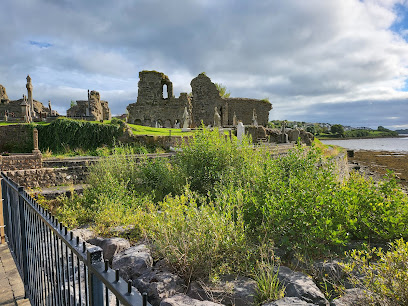
Donegal Bay Charters
5.6 km
Explore Donegal Bay Charters for an unforgettable adventure on the North Atlantic, where breathtaking scenery meets vibrant marine life.
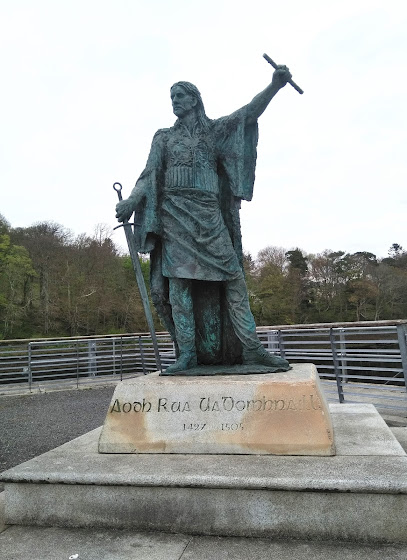
Roe Hugh O’Donnell Commemorative
5.6 km
Explore the stunning Roe Hugh O'Donnell Commemorative in Donegal, a beautiful tribute to history set against a picturesque harbor backdrop.

Donegal Harbour
10.1 km
Discover the tranquil beauty and rich maritime heritage of Donegal Harbour, a picturesque coastal haven in the heart of Ireland.
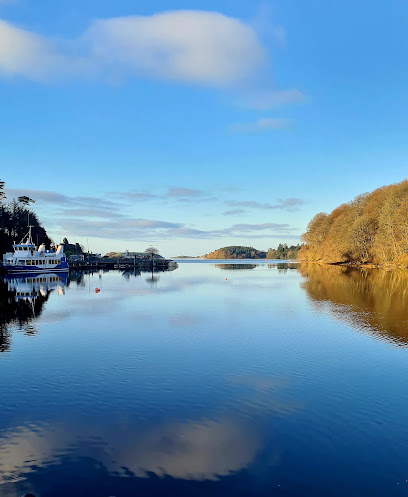
McSwyne's Castle
21.9 km
Experience the historic allure of McSwyne's Castle, a stunning 16th-century stronghold set against the magnificent landscapes of County Donegal.

Donegal Corridor
22.8 km
Discover the enchanting Donegal Corridor, a historic landmark along the River Erne, rich in culture and breathtaking natural beauty.
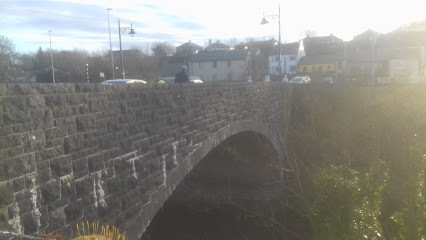
St John's Point Beach
27.2 km
Experience the breathtaking beauty of St John's Point Beach in County Donegal, a serene getaway along the Wild Atlantic Way.
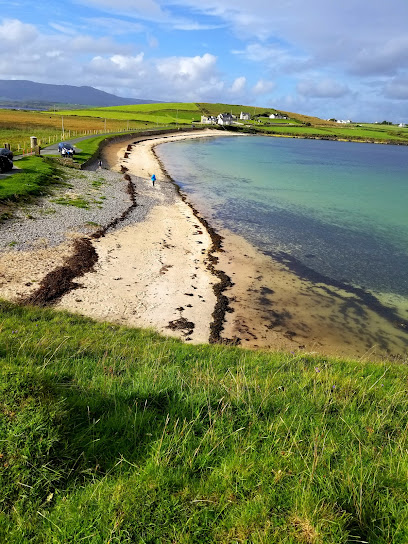
Saint John's Point Lighthouse
28.9 km
Saint John's Point Lighthouse in Co. Donegal offers breathtaking views, rich maritime history, and serene coastal walks, a must-visit for all nature lovers.
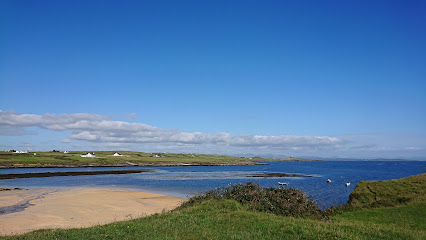
Secret Waterfall
29.3 km
Unveil the beauty of Co. Donegal at the Secret Waterfall, an enchanting natural wonder surrounded by stunning landscapes.
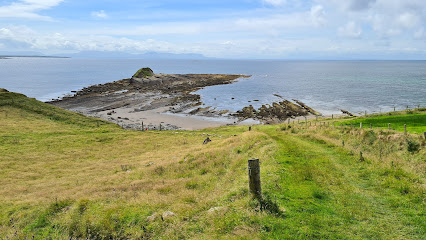
Largy Viewpoint
29.6 km
Experience the breathtaking views of Donegal Bay at Largy Viewpoint, a serene escape in County Donegal, Ireland, perfect for nature lovers and photographers.
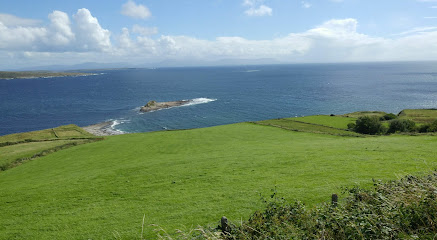
Assaranca Waterfall (Eas a' Ranca)
29.7 km
Experience the breathtaking beauty of Assaranca Waterfall in County Donegal, a serene natural wonder perfect for photography and relaxation.
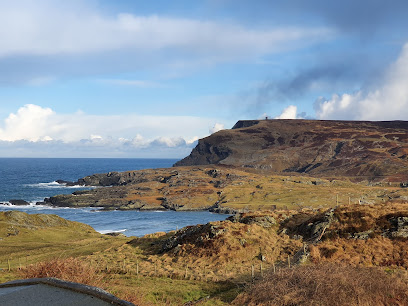
Doon Fortress / Fort
29.8 km
Discover the enchanting Doon Fortress in County Donegal, a historical landmark offering stunning views and a glimpse into Ireland's rich past.
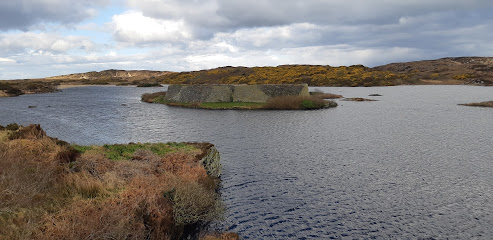
Maghera Beach
30.8 km
Discover the serene beauty of Maghera Beach in County Donegal, a picturesque haven of golden sands and dramatic cliffs along Ireland's stunning coastline.
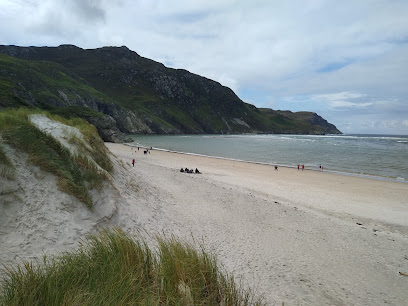
Unmissable attractions to see
Eske Angling Centre IFI
0.3 km
Discover the serene beauty of Lough Eske at Eske Angling Centre IFI, a premier destination for fishing and relaxation in County Donegal.
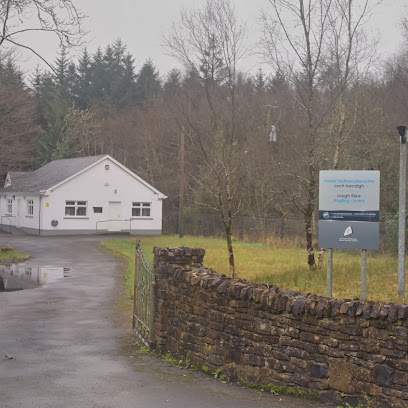
Lough Eske Castle
0.5 km
Discover luxury and history at Lough Eske Castle, a stunning five-star hotel in County Donegal, Ireland, surrounded by breathtaking natural beauty and rich heritage.
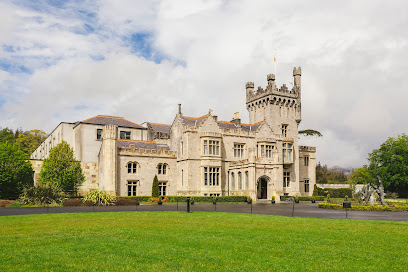
International Appalachian Trail (IAT) Donegal
0.8 km
Experience the stunning natural beauty of the International Appalachian Trail in Donegal, where adventure and tranquility await every nature enthusiast.
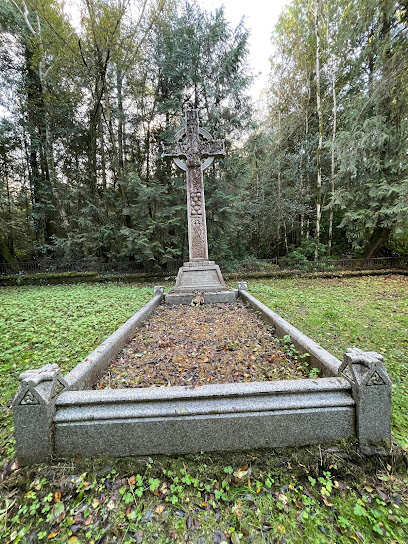
Donegal Town bypass Picnic area
4.1 km
Discover the tranquil beauty of Donegal Town Bypass Picnic Area, a perfect spot for relaxation and scenic views on your Irish adventure.
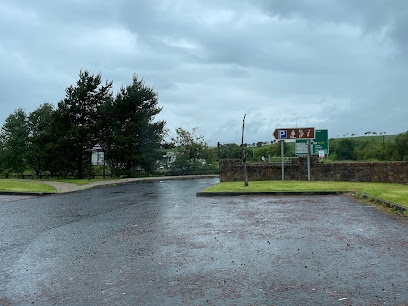
Famine Graveyard
4.8 km
Discover the poignant history of the Famine Graveyard in Donegal, a reflective site honoring the victims of Ireland's Great Famine.
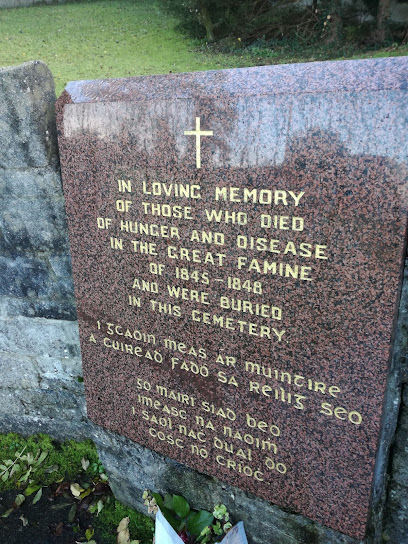
Donegal Railway Heritage Museum (Centre)
4.8 km
Discover the rich history of Ireland's railways at the Donegal Railway Heritage Museum, a must-visit attraction for history enthusiasts and families.
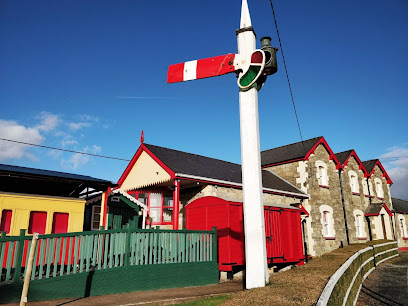
St Patrick's Roman Catholic Church
5.0 km
Explore the tranquil beauty of St. Patrick's Roman Catholic Church, a historical landmark in Donegal, Ireland, offering serenity and artistic splendor.

Donegal Castle
5.1 km
Discover Donegal Castle: A stunning 15th-century gem in the heart of Donegal, showcasing Ireland's rich heritage and breathtaking architecture.
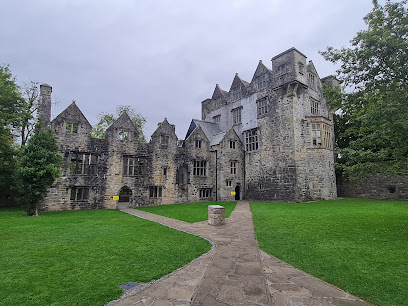
The Diamond, Donegal
5.1 km
Explore The Diamond in Donegal: A vibrant town square where culture, history, and community come together in the heart of Ireland.
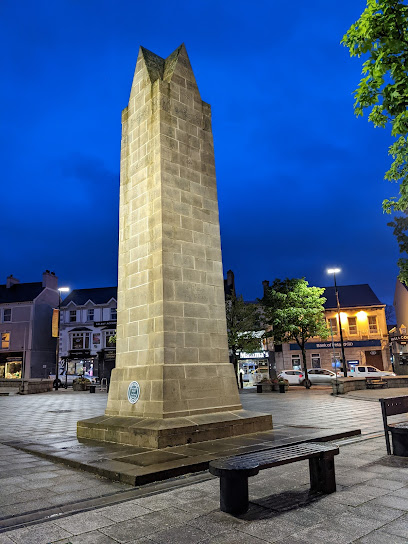
The River Bank Walk, Donegal Town
5.2 km
Experience tranquility and natural beauty along the River Bank Walk in Donegal Town, a perfect escape for nature lovers and leisure seekers.
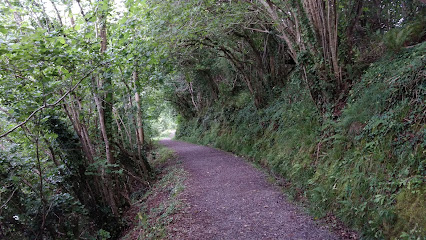
Donegal Town Centre
5.2 km
Discover the vibrant charm of Donegal Town Centre, where history, culture, and stunning landscapes converge in this iconic Irish town square.
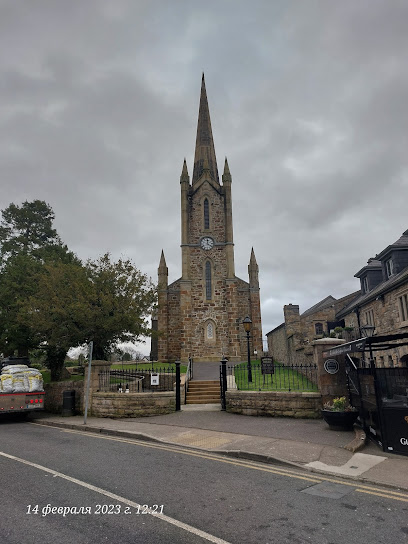
Donegal Town Diamond
5.2 km
Explore Donegal Town Diamond, a vibrant historical landmark rich in culture, stunning scenery, and local charm in the heart of Donegal, Ireland.
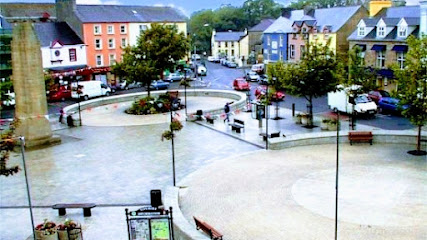
Donegal Bay Waterbus
5.3 km
Discover the breathtaking landscapes and rich maritime heritage of Donegal Bay with a scenic cruise on the Donegal Bay Waterbus.
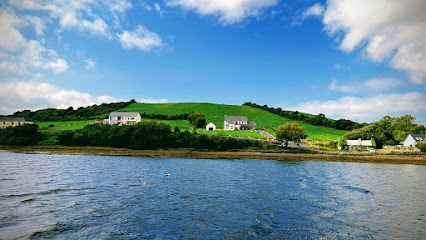
Abbey GRAVEYARD
5.7 km
Explore the Abbey Graveyard in Glebe, Donegal - a serene historical landmark steeped in rich heritage and captivating stories.
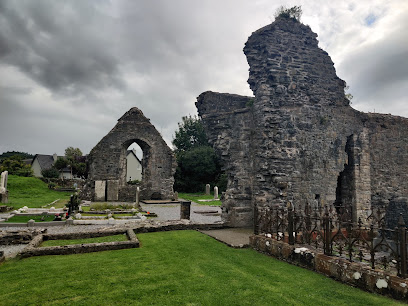
Abbey of Donegal
5.7 km
Discover the historic Abbey of Donegal, a cultural gem that showcases Ireland's rich heritage amidst breathtaking landscapes.
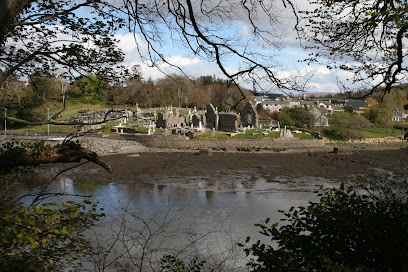
Essential places to dine
The Gallery Bar
0.4 km
Experience authentic Irish cuisine in a picturesque setting at The Gallery Bar in Solis Castle Lough Eske.
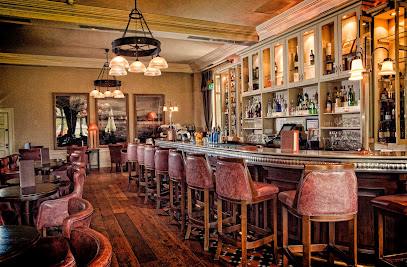
Cedars Restaurant
0.5 km
Indulge in exquisite fine dining at Cedars Restaurant in Lough Eske, where traditional Irish cuisine meets modern elegance amidst stunning views.

The Restaurant at Harvey's Point
0.8 km
Discover exquisite Irish cuisine at The Restaurant at Harvey's Point overlooking stunning Lough Eske - a fine dining experience like no other.

Harvey’s Bar & Terrace
0.8 km
Discover authentic Irish cuisine at Harvey's Bar & Terrace in Donegal – where tradition meets modern charm.

Harvey's Point
0.9 km
Discover luxury at Harvey's Point Hotel by Lough Eske: An idyllic retreat offering top-notch dining and breathtaking views in Donegal.

Chapter Twenty @ Mill Park Hotel
5.1 km
Discover exquisite dining at Chapter Twenty @ Mill Park Hotel in Donegal—where local flavors meet culinary artistry.

Thai Ann
5.1 km
Experience authentic Thai cuisine at Thai Ann in Donegal – where every bite takes you on an exotic culinary journey.
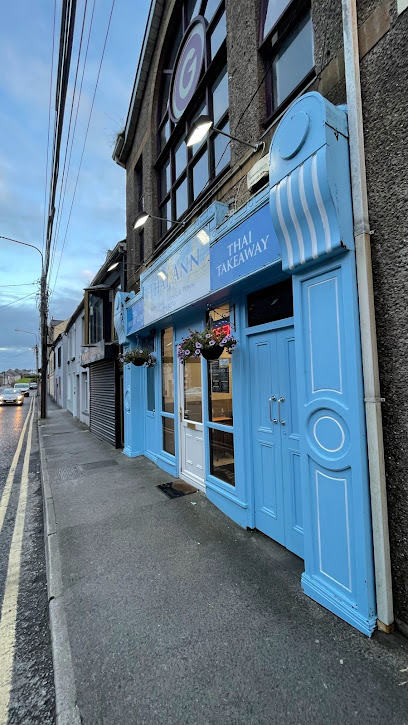
Blas
5.1 km
Discover Blas Bistro in Mullans, Donegal - where local flavors meet exceptional dining in a cozy atmosphere.
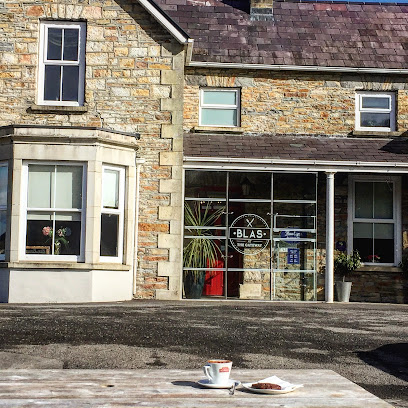
Old Stone
5.1 km
Experience authentic Irish cuisine at Old Stone Restaurant in Donegal – where local flavors meet warm hospitality.
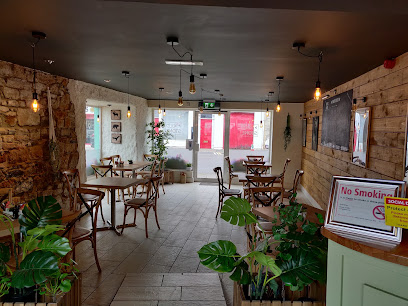
Olde Castle Seafood Bar
5.1 km
Experience authentic Irish seafood dining at Olde Castle Seafood Bar in Donegal Town – where every bite tells a story of the sea.
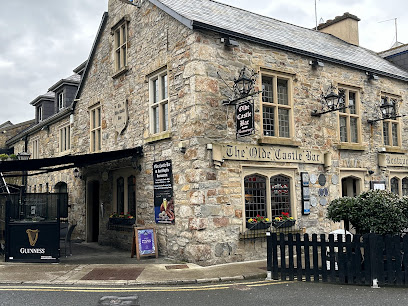
Blueberry Tea Room and Restaurant
5.1 km
Experience delightful dining at Blueberry Tea Room in Donegal - where comfort meets exquisite flavors.
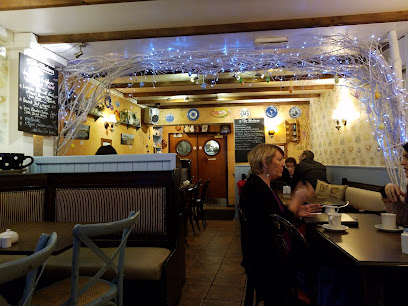
O'Donnells Bar & Restaurant Donegal
5.1 km
Discover the vibrant atmosphere at O'Donnells Bar & Restaurant in Donegal - where great food meets live music in an unforgettable setting.
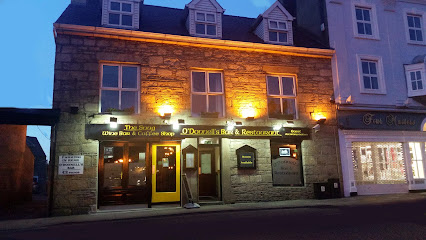
La Bella Donna Restaurant
5.1 km
Discover authentic Italian cuisine at La Bella Donna Restaurant in Donegal, where every dish tells a story and every meal is an experience.
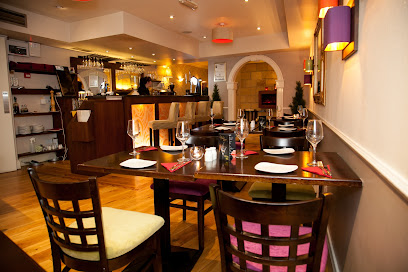
the 'Weaver's Loft' bistro
5.2 km
Experience authentic Irish cuisine at Weaver's Loft Bistro in Donegal – where local flavors meet warm hospitality.

Dock 84 Donegal
5.2 km
Experience authentic Irish flavors at Dock 84 Donegal - where fresh ingredients meet cozy ambiance in the heart of Donegal.
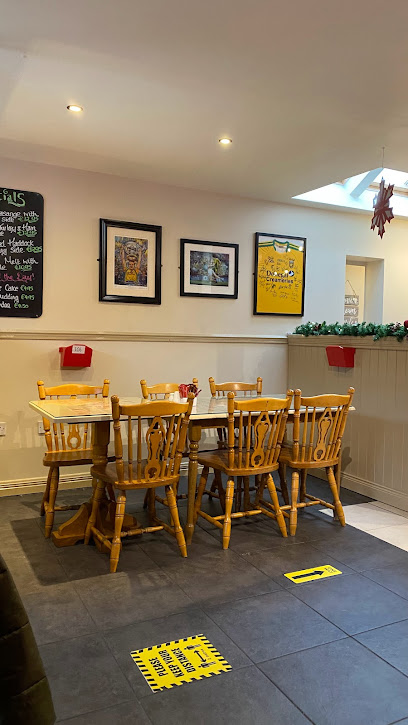
Markets, malls and hidden boutiques
So Lo Stores
4.2 km
Discover unbeatable deals and a friendly atmosphere at So Lo Stores, Donegal's favorite discount store for savvy travelers.

McNultys XL Store
4.5 km
Experience the essence of Donegal at McNulty's XL Store, a local grocery treasure offering fresh produce and Irish specialties.
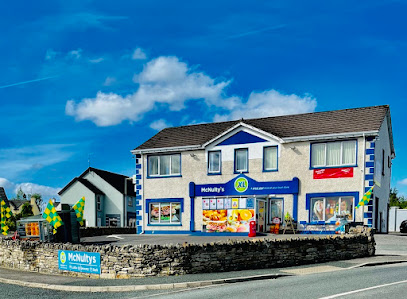
Fou Tees
4.7 km
Explore the heart of Donegal with unique gifts and custom creations at Fou Tees, your go-to gift shop for memorable souvenirs.

Hata
4.9 km
Explore Hata in Donegal for a unique shopping experience, featuring local fashion that captures the essence of Irish culture and style.
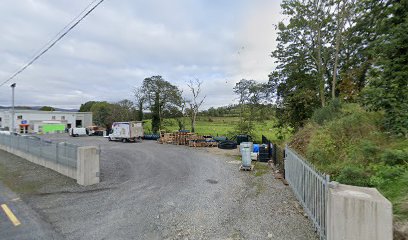
Morna's Patch
4.9 km
Explore Morna's Patch in Donegal for a unique shopping experience filled with quality wool, art supplies, and crafting materials.
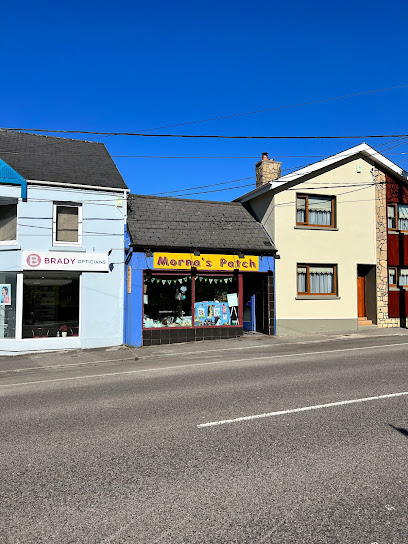
Tweed
5.1 km
Discover unique handmade fashion pieces at Tweed, a charming clothing store in Donegal, showcasing the best of Irish craftsmanship and design.
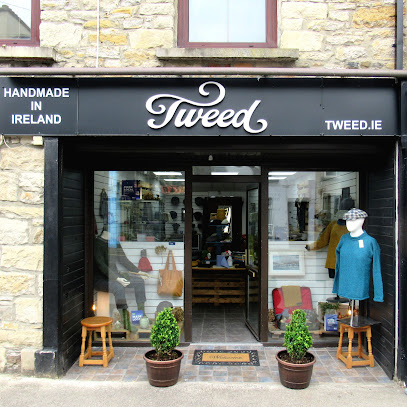
Arcanum Crafts
5.1 km
Explore Arcanum Crafts in Donegal for unique handmade treasures reflecting Ireland's rich cultural heritage.

Four Masters Bookshop
5.1 km
Discover a unique selection of books and local gifts at Four Masters Bookshop in Donegal, where literature meets local culture.
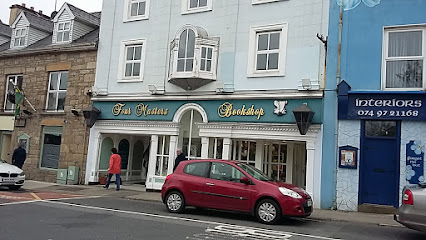
Elite Boutique
5.1 km
Explore the unique fashion and accessories at Elite Boutique in Donegal, where style meets elegance in a charming local setting.

Forget Me Not
5.1 km
Explore the enchanting craft store, Forget Me Not, where local artistry and unique handmade treasures await in scenic Donegal.

Intersport Elverys
5.1 km
Discover top-quality sportswear and outdoor gear at Intersport Elverys in Donegal, perfect for sports enthusiasts and outdoor adventurers.
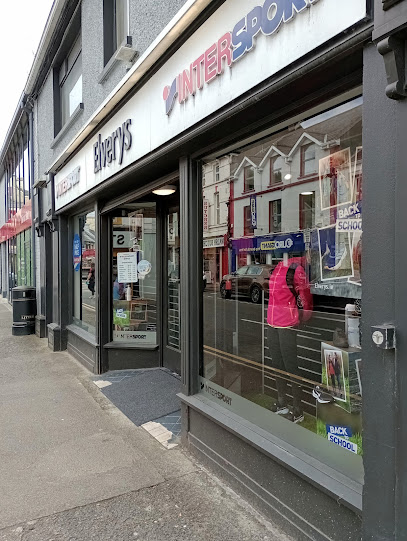
Triona
5.1 km
Explore Triona in Donegal for unique Irish gifts, clothing, and jewelry, capturing the essence of local craftsmanship and culture.
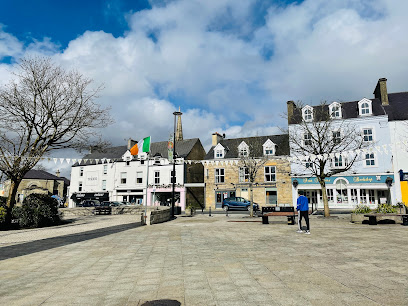
Stella Boutique
5.2 km
Explore the ethical elegance of Stella Boutique in Donegal, where fashion meets fair trade for a stylish and responsible shopping experience.
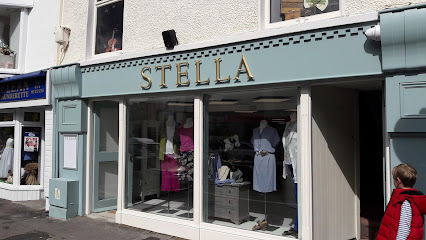
Magee of Donegal
5.2 km
Explore Magee of Donegal, where Irish craftsmanship meets contemporary style in a unique shopping experience.
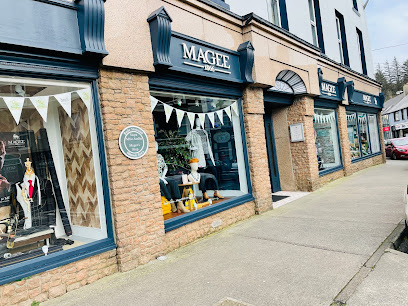
Tots & Tassels
5.2 km
Discover unique fashion and accessories for all ages at Tots & Tassels, a charming clothing store in the heart of Donegal.

Essential bars & hidden hideouts
Annie Lynn's
5.1 km
Discover the charm of Donegal at Annie Lynn's, a cozy bar offering exceptional drinks and a welcoming atmosphere for all travelers.
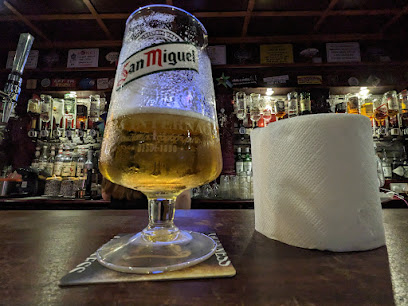
Mulreany's Bar
5.1 km
Discover the heart of Donegal at Mulreany's Bar, where authentic Irish culture and warm hospitality await every traveler.
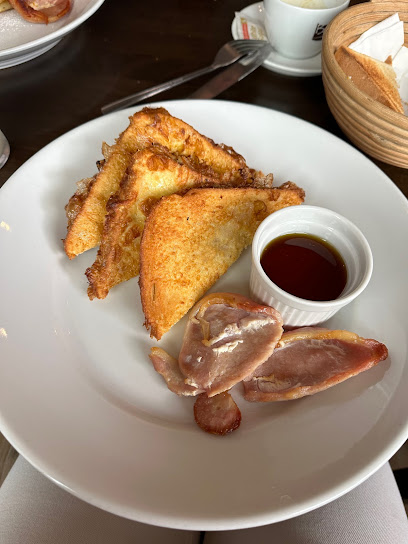
The Forge
5.1 km
Discover the charm of The Forge in Donegal, where authentic Irish pub culture, great food, and local brews await you.
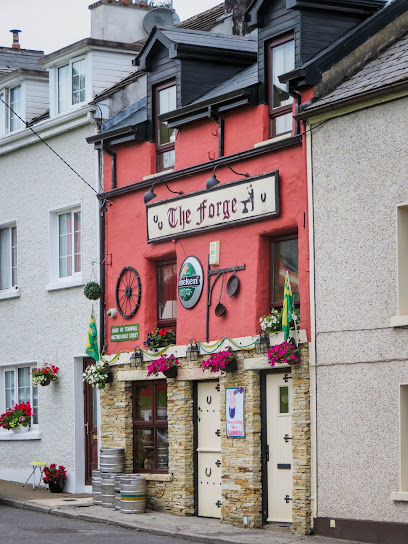
The Reel Inn
5.1 km
Experience authentic Irish hospitality at The Reel Inn in Donegal, where breathtaking views and local flavors come together in a cozy atmosphere.
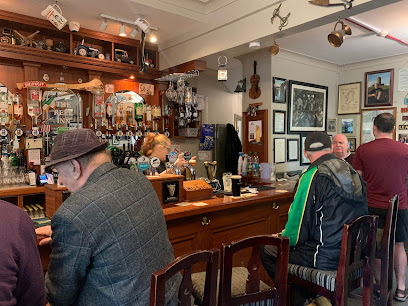
Bluestack Bar
5.2 km
Discover the inviting atmosphere of the Bluestack Bar in Donegal, where local charm meets refreshing drinks and vibrant entertainment.
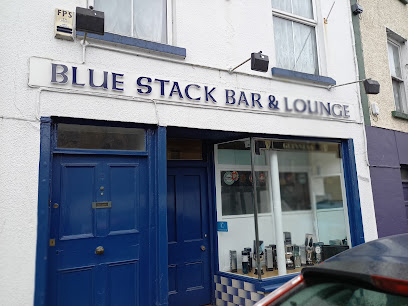
The Reveller Bar
5.2 km
Experience the vibrant pub culture at The Reveller Bar in Donegal, where live music and local brews create unforgettable memories.
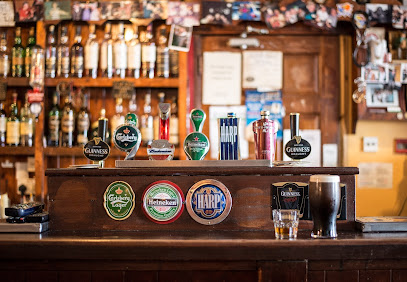
The Bank Bar
5.2 km
Discover the charm of The Bank Bar in Donegal, a cozy spot for locals and tourists to unwind with a drink and experience Irish hospitality.
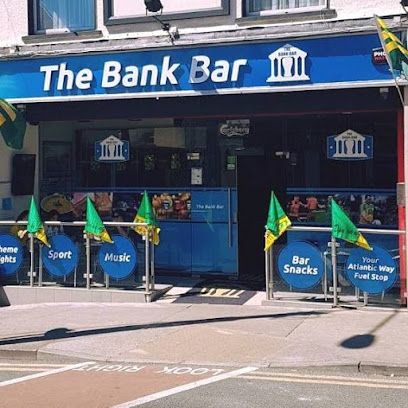
McCafferty's Bar, Donegal Town
5.2 km
Discover the heart of Donegal Town at McCafferty's Bar, where authentic Irish culture, live music, and a warm atmosphere await.
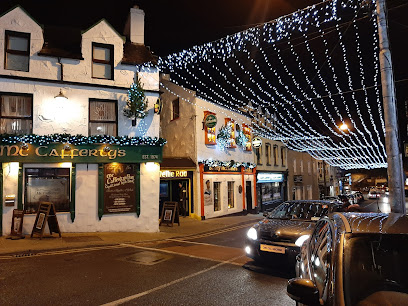
MillTown Bar And Petrol Station
13.1 km
Experience the local charm at MillTown Bar And Petrol Station in Mullanboys, Co. Donegal, where hospitality meets breathtaking scenery.
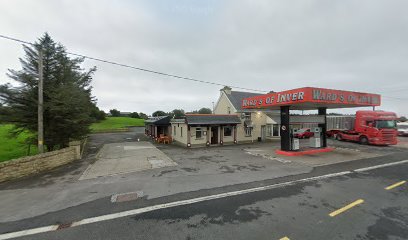
Mac's Bar
20.1 km
Experience authentic Irish hospitality at Mac's Bar in Dunkineely, where friendly locals and a warm ambiance await your visit.
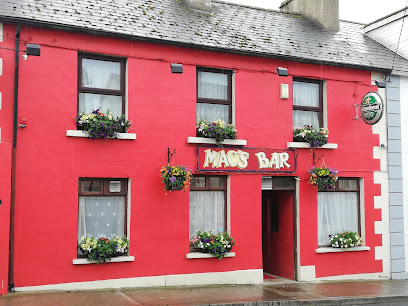
Mac Laughlins Bar
20.2 km
Experience authentic Irish hospitality at Mac Laughlins Bar in Dunkineely, a cozy retreat for tourists exploring County Donegal.
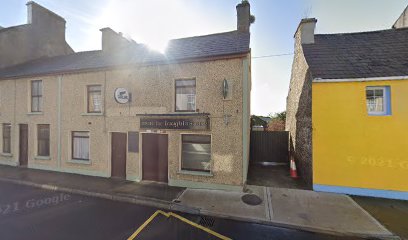
McIntyre's Bar
20.2 km
Experience the vibrant atmosphere and authentic flavors at McIntyre's Bar in Dunkineely, County Donegal.
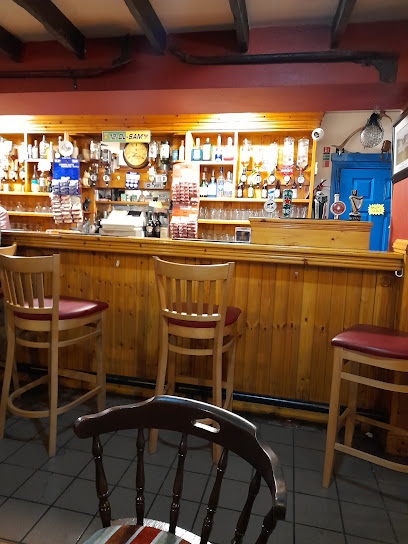
Max Bar
22.6 km
Experience the vibrant atmosphere of Max Bar in Ballyshannon, featuring live music, great drinks, and a welcoming beer garden.
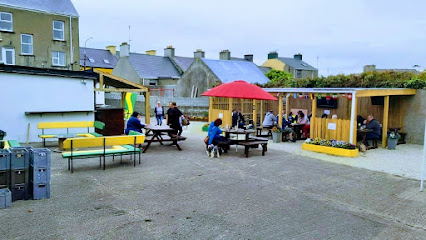
Finn McCool's pub
22.7 km
Discover the vibrant atmosphere of Finn McCool's Pub in Ballyshannon, where traditional Irish hospitality meets local charm.
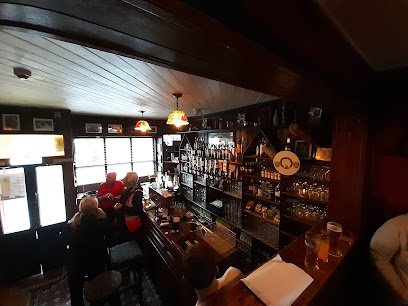
The Snug Bar
22.7 km
Experience the warmth and charm of The Snug Bar in Stranorlar, Co. Donegal, where great drinks and friendly faces await every visitor.
